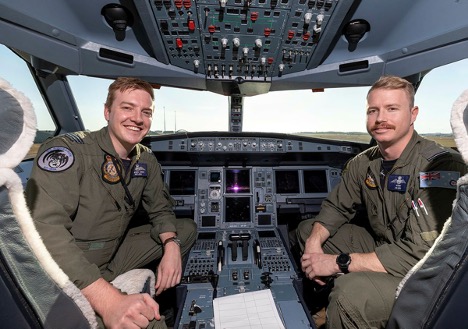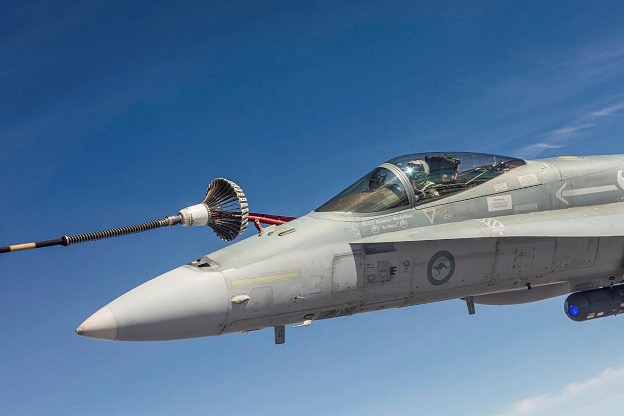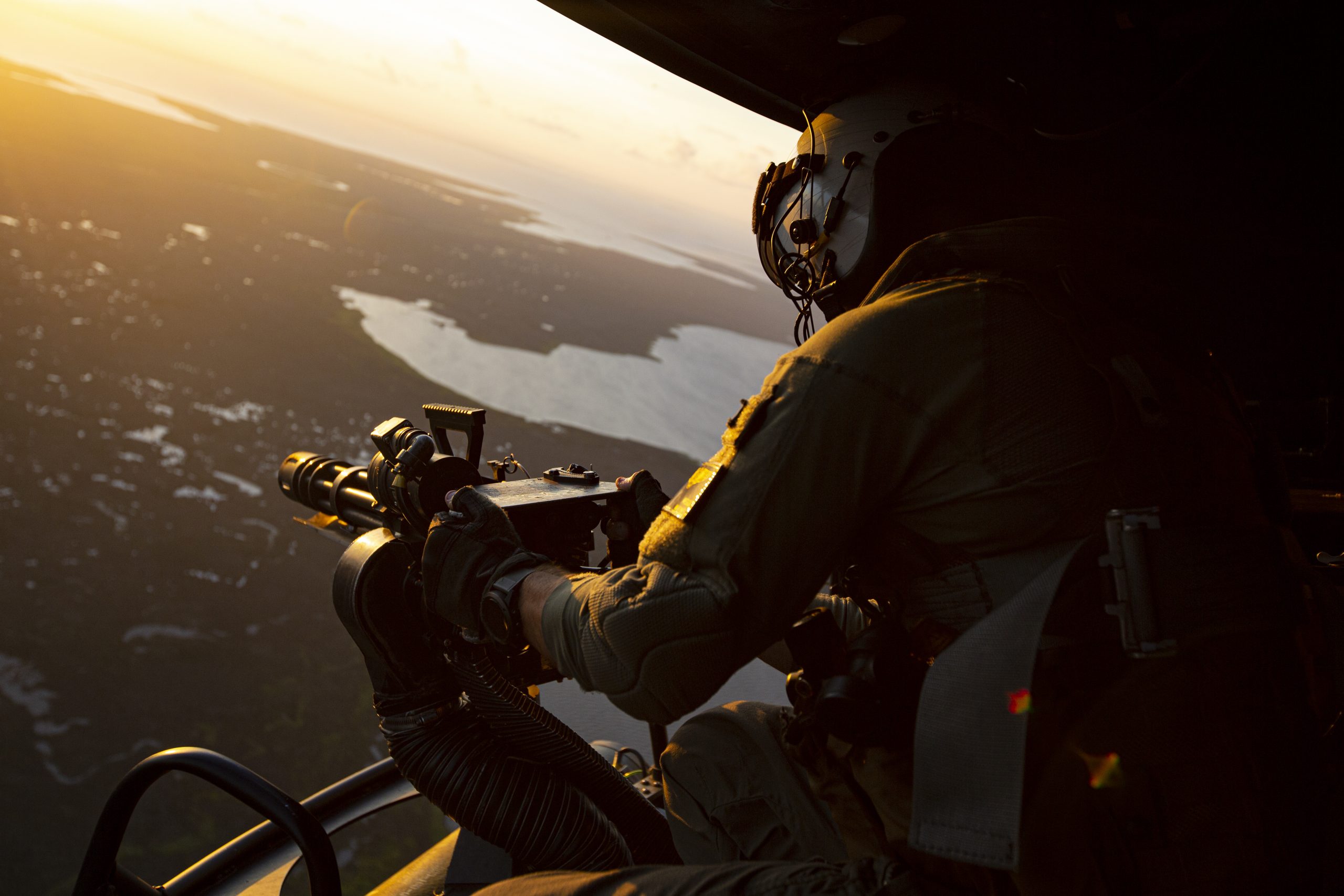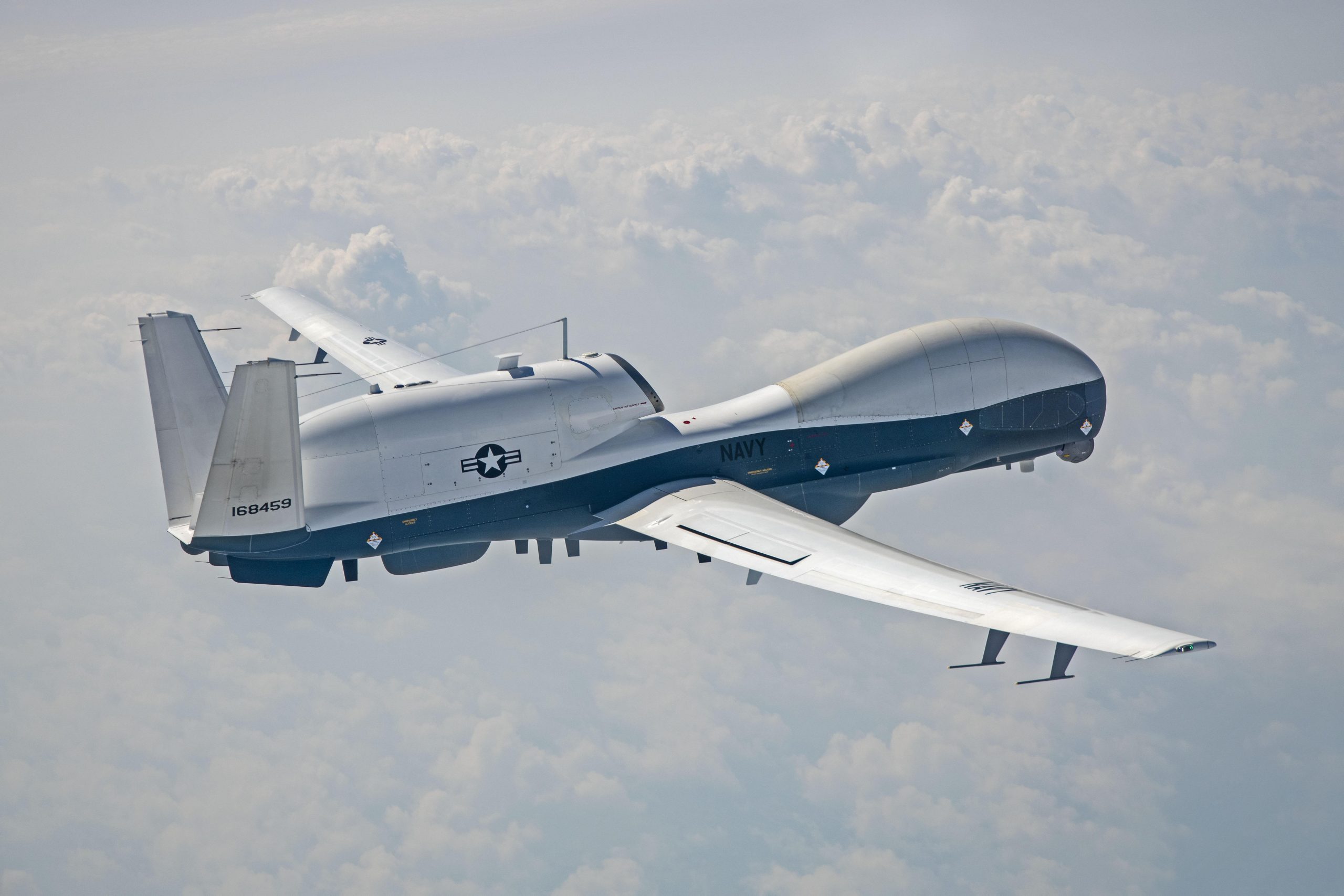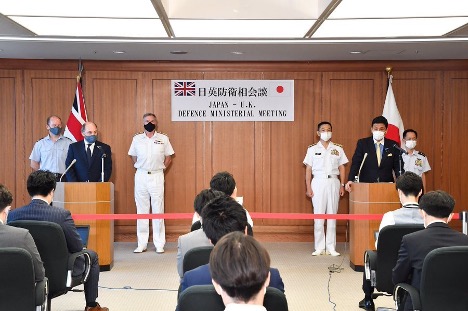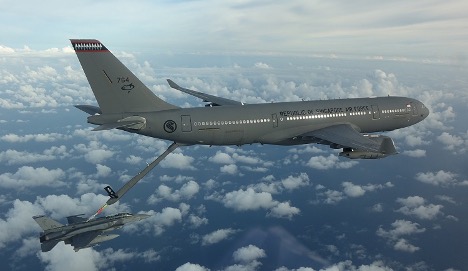By Robbin Laird
During my visit to 2nd Marine Air Wing in July 2021, I had a chance to discuss the way ahead for the assault support community with the Commanding Officer of MAG-29, Col. Joyce, and with Maj. Bowing, the Operations Officer for MAG-29.
In terms of aircraft, MAG-29 has CH-53E in the heavy lift squadrons, and AH-1Z Vipers and UH-1Y Venoms in their light attack helicopter squadrons.
The Marine Corps is scheduled to deliver the CH-53K to MAG-29, as well as adding Link 16 and full motion video capabilities to the H-1 assets.
These upgrades will provide significant options for the aircraft to support the way ahead as part of the evolving capabilities for the assault force.
For Col. Joyce, the return of naval integration is really the return to his roots in his initial operational time in the USMC.
He has also served on the Navy staff in the N98 Air Warfare Division as the Marine Corps officer working with Naval aviation, where discussions of how to leverage and integrate the Marine’s role as naval aviators into the future maritime fight were a daily event. Non-Marines often forget that Marine Corps aviators are indeed Naval aviators and as such provide a key access point in the effort to find new ways to integrate the two forces.
As Col. Joyce put it: “We are really talking about reintegrating our Naval Force.
“Getting back to our roots as a Corps to provide Fleet Marine Forces for service with the Fleet.
“Our history over the past six decades may be filled with periods of sustained operations ashore, but our legacy as a Corps is that of naval campaigning, amphibious operations, and the conduct of such land operations as may be essential to the prosecution of a naval campaign.
“Today’s reintegration focus is oriented on a vision of maritime warfighting designed to posture the Naval Force for the next six decades.”
Col. Joyce entered the Marine Corps towards the end of the Cold War and is one of the officers I have interviewed in the Navy or the USMC over the past three years that brings real operational experience in this strategic competition environment.
Major Bowing has been part of the Huey community from the beginning of his time in the USMC and has served for three years in MAWTS-1 working assault support training and concepts of operations.
One issue we discussed was the integration of Link-16 and full motion video upgrades for the H-1s and their potential impact.
Col. Joyce put it this way: “I believe the integration of Link-16 along with many other digital interoperability (DI) efforts should help us look at ourselves differently moving forward.
“I would argue the attack and utility community over the last 20 years largely viewed our pursuit of DI efforts such as Link-16 from a consumer’s perspective. Meaning, we wanted the ability to ingest mostly targeting data via Link-16 to create a tactical effect on the battlefield from our own platform.
“I would also suggest this idea is consistent with the way we’ve been tactically employed over the past two decades.
“But the future of naval campaigning and maritime warfighting, especially within the close-in, confined, and contested key maritime terrain of the littorals, requires the HMLA community to view ourselves much more as participants and enablers of larger kill chains and kill webs.
“This means attack and utility capabilities out forward – acting as an extension of the Marine Littoral Regiment (MLR) – to screen, scout, and sense within both the landward and seaward areas of the littorals.
“As participants in a larger kill web, we must be able to gather, disseminate, receive, exploit, and/or act on the information depending on the tactical task assigned.”
“Our core missions within Assault Support Aviation will remain vital in future littoral battles – conducting assault support operations, providing forward arming and refueling points, conducting aviation reconnaissance and surveillance, and conducting aviation delivered fires remain core competencies of the future force.
“What is different from our recent past is the explicit focus on supporting Surface Warfare and Sea Denial operations.”
“What do we bring to that fight?
“Where are the warfighting gaps?
“Can we fill those gaps?
“Should we fill those gaps?
“How do we contribute to anti-surface warfare (ASuW) missions?”
“These are some of the questions we’re looking at right now within MAG-29.
“We are the only Service viewing this future environment through the lens of a Stand-In (versus Stand-Off) force.
“How do we contribute to Surface Warfare and Sea Denial operations as part of the Stand-In Force?
“How do we continue to provide close-in support to the MLR maneuvering throughout the landward area of the littorals in a high-threat non-permissive environment, while enabling the larger kill web oriented on Sea Denial operations within the seaward area of the shallow blue waters?
“Are we postured through ongoing DI initiatives to gather, disseminate, receive, and exploit information across subsurface, surface, air, and information domains?
“I would argue this is a paradigm shift in mindset from our operations over the past 20 years in the desert.
“Lethality across Assault Support Aviation, including our heavy lift platform, remains a critical as ever in the future fight.
“But our ability to screen, scout, and sense within the littorals and then contribute to the larger kill web may be even more important in the years to come.”
Looking ahead, the leadership of 2d MAW is clearly looking at working towards the tactical missions that are likely to be dominant in the 2030 timeframe.
As Col. Joyce hammered home: “There is absolutely a critical role for Assault Support Aviation looking forward. When you look at the shear expanse of geography, force dispersion and distribution, and challenges with our maritime logistics fleet in just one example, I can’t envision a situation where somebody tells me we have too much heavy lift capability.
“What we must do as a community to help the larger Force Design effort is to focus our analysis on capabilities, rather than specific platforms.
“We must experiment ruthlessly with those capabilities through the lens of future tactical tasks and missions.
“And then focus our platform modernization efforts and develop aviation tactics, techniques, and procedures (TTPs) to deliver those needed capabilities to the Fleet Marine Force.”
His earlier discussion with regard to how assault support can contribute to sea control and sea denial is an example of what he means by looking at capabilities through different tactical or mission lenses.
Rather than define the mission sets by the primary operations of the past twenty years in the Middle East, the aperture is being opened to correlate capabilities with evolving mission sets.
They are adding the CH-53K to the force, and Col. Joyce underscored that the new platform brings new capabilities to the force.
But rather than simply describing how the platform is replacing the CH-53E, the focus needs to be upon how to leverage new capabilities to deal with evolving mission sets. The Marine Corps has been investing in capabilities to respond globally to crisis and contingency and build the capabilities to compete and blunt potential adversary’s aggression.
As Col. Joyce put it: “Logistics is our pacing function.
“It doesn’t matter if it’s the High North or the Indo-Pacific.
“Assured logistics, assured movement, and assured sustainment of the force requires the capabilities that the heavy lift team brings to the fight. And the CH-53E and future CH-53K is the only heavy lift rotary-wing capability within the Department of Defense.
“The CH-53K is simply an exponential leap in heavy lift capability in terms of range, payload, and digital interoperability.”
“No one can predict with precision what the future holds. Advances in long-range precision strike, unmanned systems, loitering munitions, low earth orbit system sensing, and AI/ML will change how we currently perform our warfighting missions.
“But Close Air Support, Strike, Aerial Delivery, Assault Transport, Air Evacuation, and Tactical Recovery of Aircraft and Personnel to name a few absolutely have a future role in the Nation’s Crisis Response force.”
Major Bowing built on the discussion and added a core point, namely the weaponizing of communication.
The sharing of information and data as part of the shaping of enhanced capabilities for an integrated distributed force is a key part of the way ahead for shaping the role for the assault support community.
We did not discuss the following point specifically, but if one combines a number of thoughts which have been shared by Marines at both II MEF and 2nd MAW with me, the blending of assault support with C2/ISR warfare could well emerge from the process of working integration with the Navy.
In an August 2021 exercise, we will see the establishment of an advanced expeditionary sensor base built around a G/ATOR Radar.
The assault support community – notably by heavy lift – can deliver that radar to such a base.
The C2 community is very capable of not only supporting G/ATOR at that base but could fly in the Osprey, which is an assault support asset, and with a roll-on roll of capability, provide the C2 linkages from that sensor base to the key combat nodes in the kill web, as was done in last year’s Deep Water exercise.
One could establish on another advanced expeditionary base information warfare Marines or MIG- combat members who could contribute to spoofing, jamming, or various disinformation efforts in support of the deployed force, and again that would be a payload delivered by the assault support force.
In other words, the assault support community can deliver a wider array of payloads than simply direct kinetic force.
Indeed, if one focuses on maritime kill webs, the Marines really do not need to carry weapons to the point of attack; they can deploy capabilities which can find targets, communicate those targets to other fire solution combat capabilities, and contribute to the electronic warfare aspects of the fight.
With the flexibility inherent in roll-on roll of capabilities on the Osprey a variety of mission support elements could be put on the unique tiltrotor-enabled range and speed asset.
And with an ability to put interior fuel cells into the Osprey, endurance is enabled as well.
In other words, capabilities seen through the lens of expanded mission sets can drive the transformation process.
Featured Photo: A Marine Corps UH-1Y Huey and two AH-1Z Vipers with Marine Light Attack Helicopter Squadron 167 conduct training at Marine Corps Air Station New River, North Carolina, July 16, 2020. HMLA-167 conducted flight operations to improve proficiency and maintain mission readiness. (U.S. Marine Corps photo by Cpl. Juan Dominguez)
